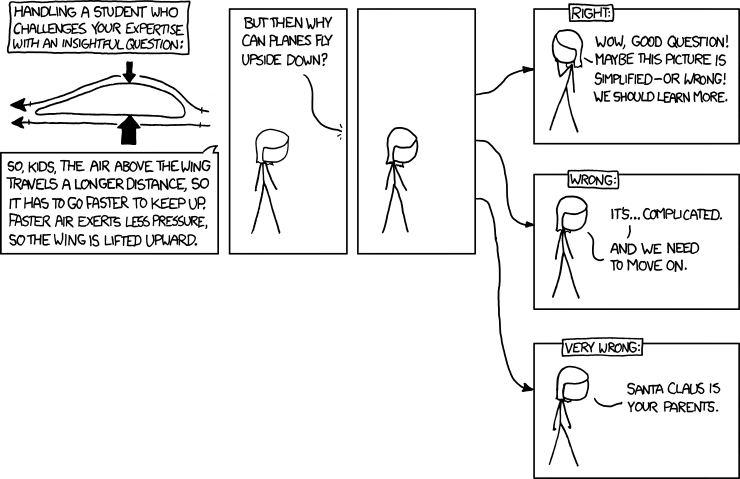Form follows function.
Most planes can't fly upside down due to the mechanical systems, pumps, etc, won't work properly upside down. Also, most commercial planes are made for fuel efficiency, which means a substantial amount of lift from the wing is designed-in (high ratio of upper camber to lower camber is the primary).
Planes that can fly upside down fall into two categories: those that can loop and do other basic tricks, and those that can fly any direction without any issue. The wing design is a major design element. Military planes have not only the internal systems, but their wing design often has nearly an even ratio of the upper to lower camber. The wings barely provide any lift at all, the engines do - that is one reason that military fighter jets are both loud and fuel-inefficient. Stunt planes also generally have the same characteristics.
http://en.wikipedia.org/wiki/File:F-16_JeffCO.jpg As shown here, there's very little camber, and the wings are fairly flat.
Wings that are designed for short term upside down have a similar design to planes that don't - but, they have systems that work properly, and a medium ratio of upper camber to lower camber. Correcting by steering "down" will give effective lift.
Another aspect is stalling. Stalling may mean either a loss of wing lift, or the engine itself has stopped. Nearly all planes will stall (lift) if below a certain airspeed or too high of an angle. A loss of wing lift can be made up for by engine thrust, again a reason that fighters are loud.
It is more costly, although it is possible to design a low stall (an "unstart", where the engine is not working) speed, or even engines that don't stall, even if the plane is moving backward - e.g. when the nose is pointed up, and the plane is falling. Again, engine thrust can overcome a lot. A stunt or fighter plane that loses engine thrust (unstart) will fall, about like a rock, due to not having much wing lift. A commercial plane, like a Cessna, or a 747 has a huge wing lift and can glide fairly well, in emergency situations -
http://en.wikipedia.org/wiki/Gimli_Glider.
Engine thrust: for example: An F-15 has a total thrust of about 58,000 lbf, and weighs 81,000 lb (.71 ratio). A 747 has a total thrust of about 190,000-266,000 lbf and weighs 735,000 - 975,000 lb. (.25-.27 ratio). Therefore, the F-15 has three times the engine thrust per pound as a commercial airliner.



